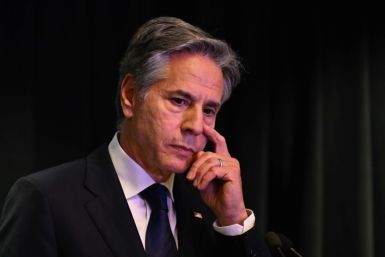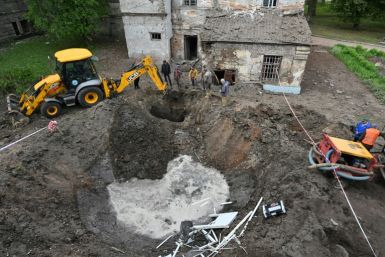US India Collaborate for Clean Energy

India and the U.S. have agreed to make concrete progress to phase out major greenhouse gases and expand solar energy initiatives by launching joint projects for improved air quality in Indian cities. Both countries have agreed for a strong global climate pact on emission cuts in the UN climate conference to be held in Paris in December this year.President Obama, who visited India for the Republic Day celebrations on Jan 26, said that no country could be potentially more affected by the impact of climate change than India. He also said that no country would be more important in moving forward a strong agreement than India. In a White House statement the United States said it supported India’s aim of increasing solar capacity to 100 GW by 2022.Both countries renewed their commitment to the US-India Joint Clean Energy Research and Development Center, a $125 million program jointly funded by the U.S. and Indian governments and private sector. This includes extending funding for three existing research tracks of solar energy, building energy efficiency and advanced biofuels for five years and launching a new track on smart grid and grid storage technology.India is making ongoing efforts to create a market environment that will promote trade and investment in clean energy. USAID will install a field investment officer in India this summer, backed by a transactions team to help mobilize private capital for the clean energy sector. In February, The United States will host the Clean Energy Finance Forum and government-to-government Clean Energy Finance Task Force to overcome barriers to accelerating institutional and private financing.The United States will implement EPA’s AIRNow-International program and megacities partnerships to focus on disseminating information to help urban residents reduce their exposure to harmful levels of pollution.The two countries concluded negotiations on a five year MOU on energy security, clean energy and climate change.






